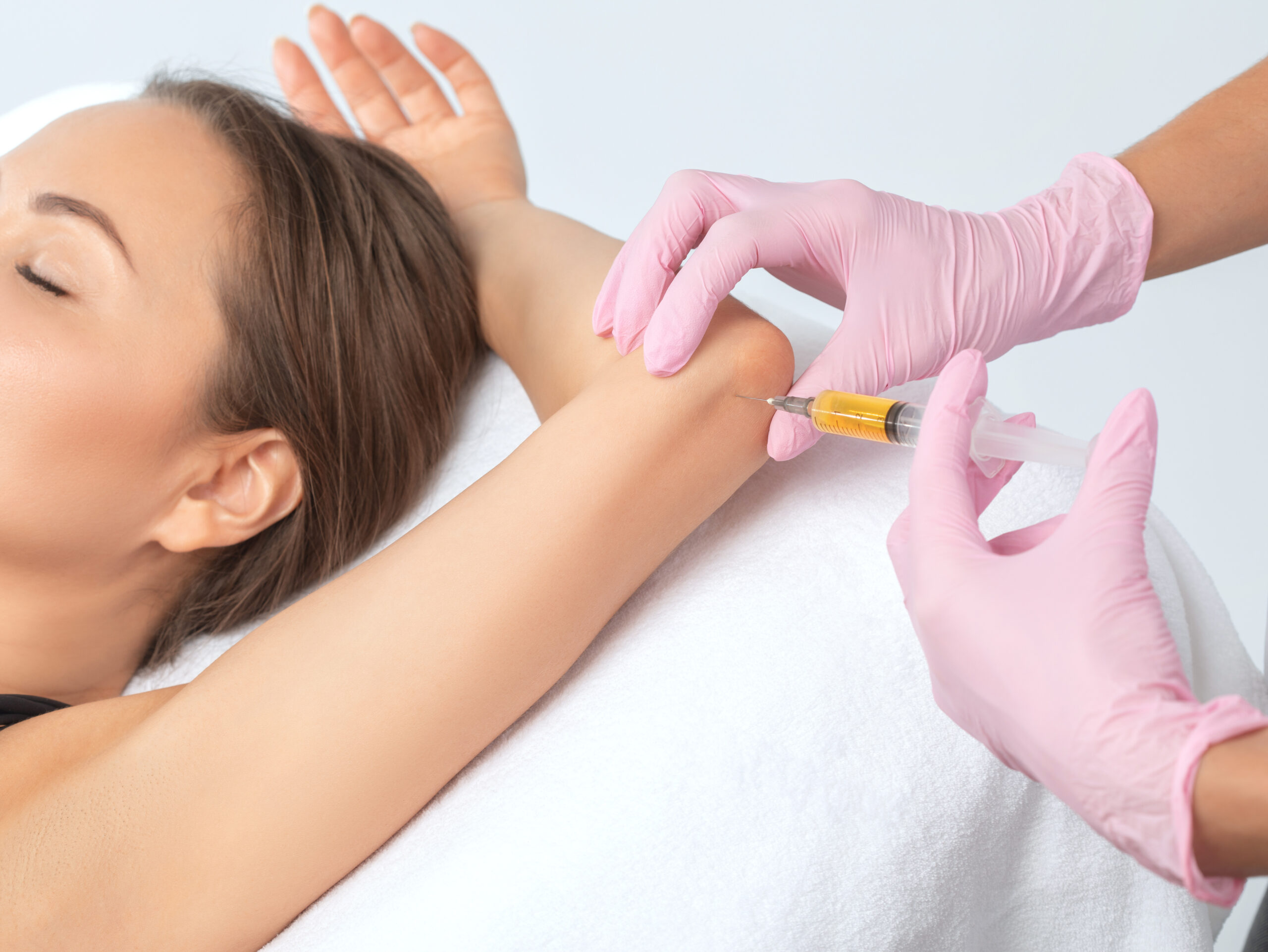
Platelet rich plasma treatment (PRP) represents a promising approach to therapy for a range of conditions, including torn tendons, arthritis, muscle injuries, and tendonitis. We have already looked at the process of PRP and the underlying scientific evidence in our previous posts. Now, we are going to look specifically at the use of PRP in the treatment of tendonitis. But first, what is tendonitis, and how does it affect a person?
Tendonitis is a term used to define inflammation and pain following a tendon injury. This usually causes significant pain, stiffness and alters how the tendon can move. The most common areas that are affected by tendonitis are the rotator cuff, the elbow, and the Achilles tendon, with an overall prevalence of an estimated 11.6% in the general population. Although most cases of tendonitis resolve themselves within two to three weeks with relative rest of the area, icing, and strengthening exercises, a number of cases require medical intervention if they persist.
PRP therapy for tendonitis generally involves three injections, given at two to three week intervals; however, in certain cases, further injections may be needed to complete your journey. But do not worry; our doctors at Opus will discuss this and the treatment protocol with you throughout the process. The procedure itself follows three stages:
- The plasma, the liquid where the platelets reside, is drawn from your body through the blood.
- This is then placed in a machine to separate the PRP from the rest of your blood.
- The PRP is then injected into the area where you are experiencing tendonitis.
Once the platelets are in the target area, they will break down, releasing growth factors. These growth factors are the pivotal component of PRP and are the reason that this treatment has shown great promise in conditions such as tendonitis. Growth factors are important proteins that stimulate cell growth, differentiation, survival, inflammation, and tissue repair; collectively, triggering your body’s healing process. Specifically, in the treatment of tendonitis, growth factors play an important role in the tendon healing process. Not only are they directly involved in tendon tissue engineering, but they have also been shown to stimulate the action of mesenchymal stem cells. To understand the role of these stem cells in regenerative medicine, we discuss them in more detail here.
If you or someone you know are suffering from tendonitis, book an appointment today to speak to one of our team at Opus on the next steps to reduce your pain and improve your everyday function.
